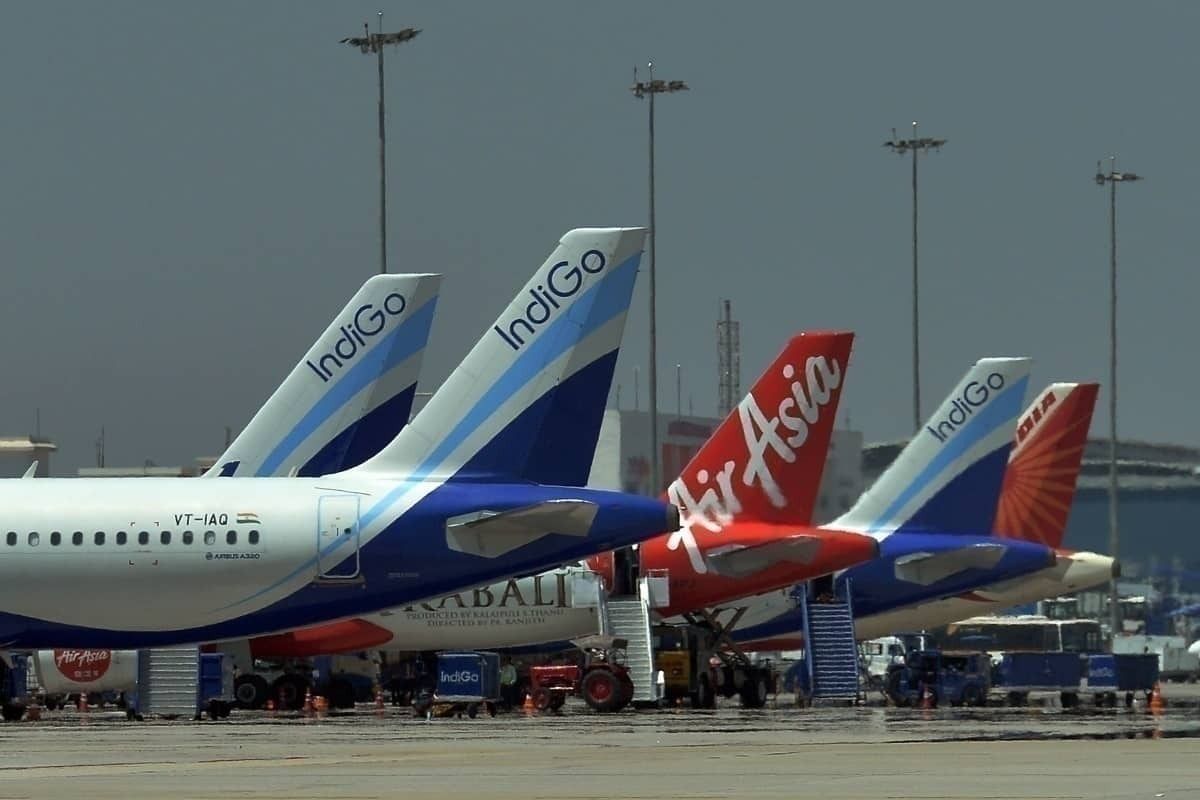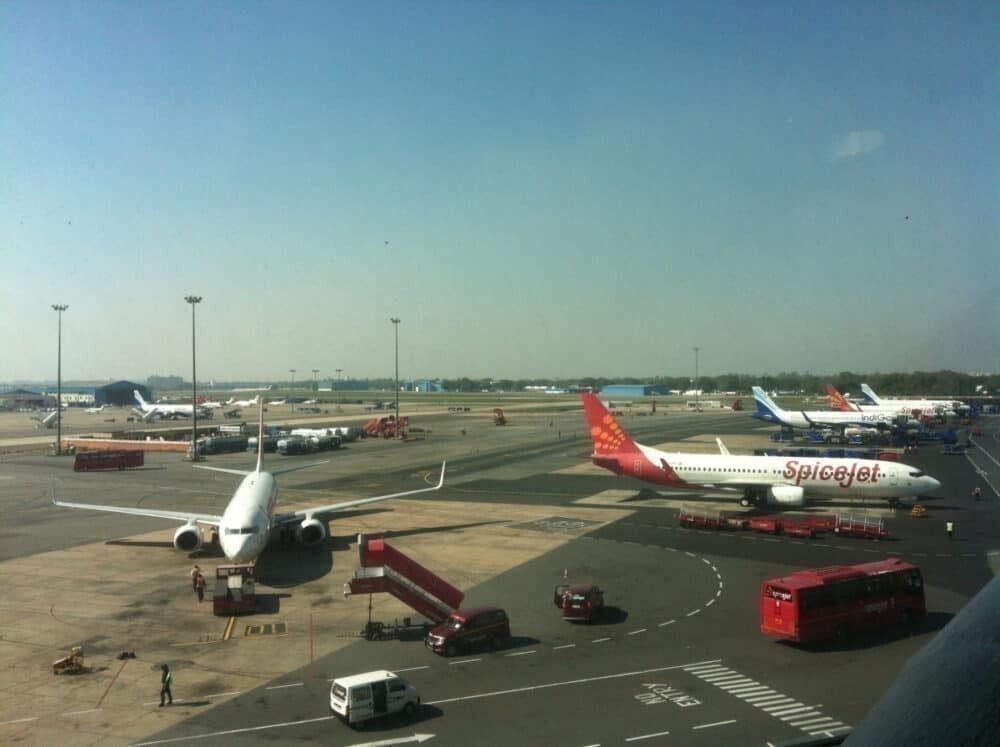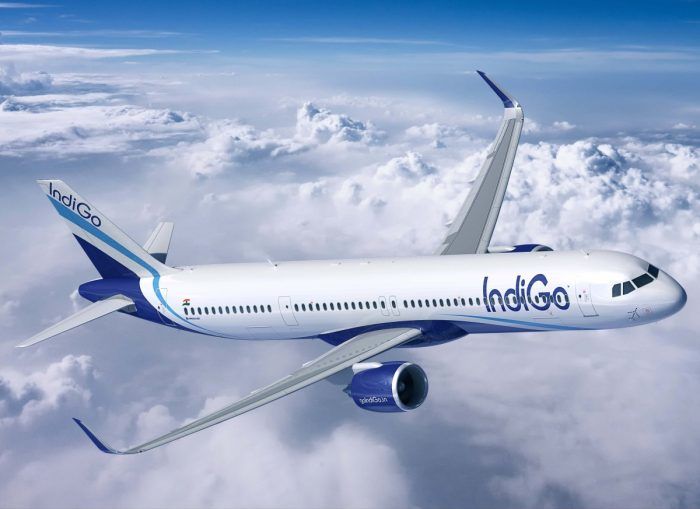India has announced a new plan to open up its airspace to commercial flights, cutting down flight time and reducing airline expenditure. Under the Flexible Use of Airspace (FUA), the government will work with a number of defense agencies to allow the use of restricted airspace for commercial flights. This could be a huge boost to the industry, allowing for millions in savings in fuel costs and more.
Significant airspace restrictions
Currently, only around 60% of India's airspace is available to commercial aircraft while the rest is reserved for the military. This means flights must take circuitous routes to reach their destinations, adding time and fuel burn to the journey. The problem is particularly prevalent in large cities that are home to military bases, such as Delhi and Bangalore, which can see up to 70% of their airspace restricted.
Under the FUA, airlines can seek permission to use restricted airspace for flight routes. This plan ensures the military can have continued access to airspace, while also offering airlines more direct routes. Airlines will not have constant access to this airspace, only when access is given by the required agency, meaning not all routes will see a benefit.
This isn't the first time FUA has been discussed, India has been trailing it since 2015 and first proposed the plan in 2013. However, this attempt could mark the country's most significant push towards adopting the plan.
What will this mean for airlines?
While the new plan opens up more airspace for flights, what impact will this have on airlines and passengers? For airlines, more direct times will result in less airborne time, thereby reducing fuel burn and aircraft maintenance costs. Fuel costs make up a significant share of airline expenditure, and even small reductions can mean huge savings over time. Shorter flight time will also mean planes will require less maintenance since many checks are based on flight hours flown.
For passengers, the savings will be huge. As mentioned, routes such as Delhi to Mumbai could become 30 minutes shorter, a reduction of around 25%. Other major routes out of Srinagar and Chennai could see reductions too. This reduced flight time could cause a drop in airfare in the long run, though that is subject to many hurdles. Nonetheless, passengers can expect shorter flights, which might be great in the era of social distancing.
Long-run savings
This plan, if implemented successfully, could see huge benefits for the aviation industry at large. Airlines are usually extremely conducive to any plans which cut costs, just as passengers love shorter flights. However, there is disappointment that the government did not do much more for the aviation industry.
This plan for FUA, along with plans for new airports and making India a major maintenance hub (which had previously been announced as well), constituted the government's entire bailout. This means airlines can expect nothing in terms of tax incentives or cash infusions. This leaves airlines in a precarious position, as they struggle to stay afloat in this downturn. It is possible that some airlines aren't around long enough to ever see the benefits of the FUA, as flights remain banned.
What do you think about India's new airspace plan? Are you excited for shorter flights? Let us know in the comments below.



